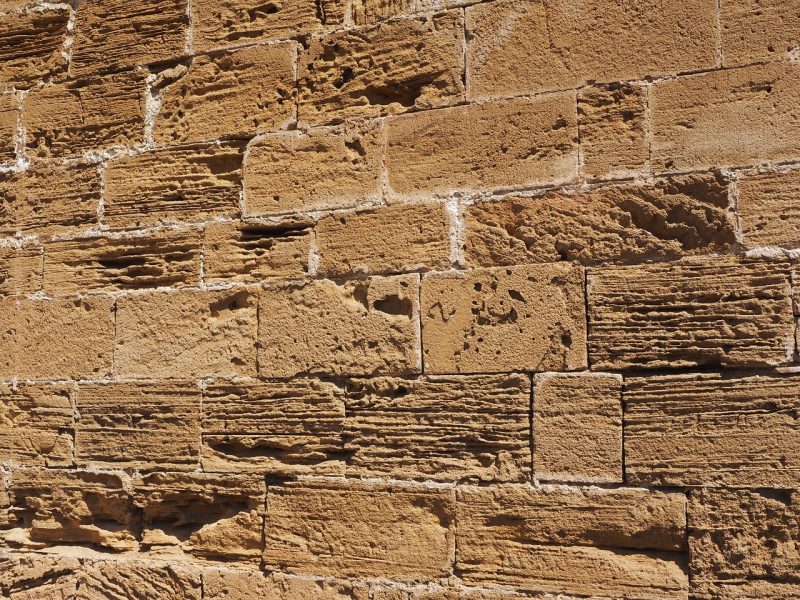Sandstone Retaining Wall Construction: How They Excel in Structural Support
08 January 2024
Explore sandstone retaining wall construction by Stride Consulting Engineers and their types. Discover how they excel in structural support. Call 0431 008 055.
A wide range of structural materials can be integrated into buildings to make them appealing, functional, and so on. One of these materials is retaining walls. Retaining walls are structures intended to hold back soil or other materials and prevent them from eroding or collapsing. Their key purposes are erosion control, soil stabilisation, and the creation of level surfaces on sloped terrain.
One material that can be used in constructing retaining walls is sandstone.
Sandstone Retaining Wall for Structural Support and Appeal
Generally, sandstone is renowned for its natural beauty, characterised by warm hues, unique textures, and the ability to blend seamlessly with different environments. The aesthetic appeal of this material makes sandstone retaining walls a popular choice for landscaping and construction projects where visual appeal is as important as structural functionality.
The construction of sandstone retaining walls is rooted in their inherent structural integrity. The said material is a durable and sturdy natural material that can withstand the pressures exerted by soil, making it an excellent choice for retaining walls. Its ability to resist weathering and erosion ensures the long-term stability of the structure.
Aside from their appeal and durability, sandstone retaining walls also offer versatility in design, which helps create various shapes, curves, and terraces. Whether used in residential gardens, commercial landscapes, or public spaces, sandstone retaining walls can be customised to complement the unique characteristics of the environment.
Main Types of Sandstone Retaining Walls
Here are some common types of sandstone retaining walls.
• Dry-Stacked: Constructed without mortar, dry-stacked sandstone retaining walls rely on the interlocking properties of the stones for stability and a natural, rustic appeal.
• Mortared: Stones are set in mortar to create a more stable and secure structure. Mortared walls are often used in engineered designs where precision is crucial.
• Segmental Block: Segmented block sandstone retaining walls rely on precast concrete blocks with a sandstone texture. These blocks interlock and are designed for easy installation.
• Cantilevered: Engineered for stability, cantilevered sandstone retaining walls use a concrete footing and a reinforced sandstone face to resist soil pressure.
• Gabion: Consists of wire mesh cages filled with sandstone, gabion sandstone retaining walls create a visually interesting and durable retaining wall commonly used in landscaping.
• Gravity: Gravity sandstone retaining walls rely on the weight and mass of the sandstone blocks to resist soil pressure. They are good for low to medium-height walls.
• Anchored: Anchored sandstone retaining walls include additional reinforcement with anchors and cables to provide extra stability, making them suitable for challenging soil conditions.
• Reinforced Soil: Reinforced sandstone retaining walls integrate soil reinforcement materials like geogrids for increased stability.
• Modular Block: Modular block sandstone retaining walls are comprised of precast modular blocks that interlock to create a flexible and aesthetically pleasing retaining wall design.
The design and construction of sandstone retaining walls by Stride Consulting Engineers showcase the unique blend of aesthetics and structural support that this natural material offers. Whether used in residential gardens, commercial landscapes, or public spaces, you can rely on our professionals to effectively attain both visual appeal and robust structural support in your property.
